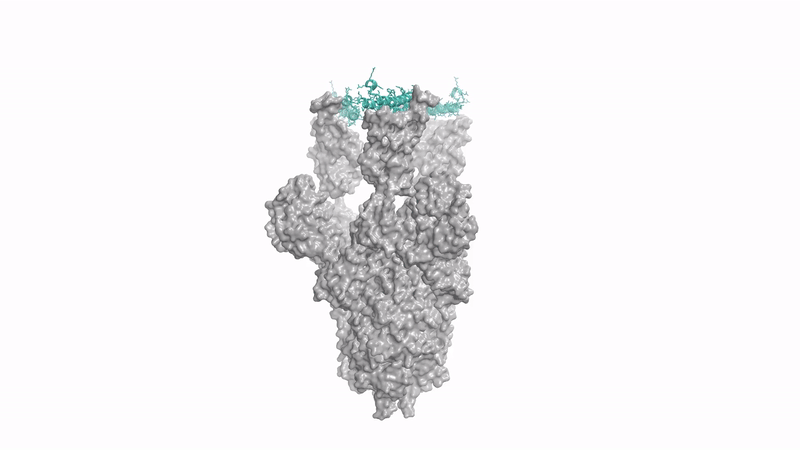Fast Forwarding Evolution Using Stable Diffusion
Can text/image-to-image generation techniques like Stable Diffusion be employed to create some of the building blocks of life?

Diffusion Models
Diffusion processes are employed to generate new structures while adhering to given constraints. Primary applications have been in the generation of artistic images, as seen with models from Dall-E, Stable diffusion, etc… There is also active research on employing these techniques in areas outside of art where new models for the specific domain are needed. One such domain is protein generation, where there is a need to design proteins that are not yet available in nature through evolution.
Proteins
Proteins are fundamental building blocks of living organisms. They are the microscopic workers in our body who ensure its effective functioning. They replicate DNA, fight off viruses, and keep our cells healthy and active. They are built up of a specific sequence of amino acids and also have unique structures. Theoretically, this fundamental rule of protein allows an unimaginably large number of protein structures for different functions. But nature has only produced a finite set of them.
Proteins with Diffusion Models
Biotech labs work on designing new structures of proteins to be used as drugs. But coming up with a stable protein structure is a very tedious and complicated process.
The recent development in diffusion models is coming to the rescue. Since they are modeled to come up with new structures that can adhere to given constraints, these techniques fit right into producing new protein structures targeted for specific functions with the given constraints.
Early Results
Many biotech labs and university labs have started to employ this technique and have already begun to see good success. Chroma, a program from Generative Biomedicines, https://generatebiomedicines.com/chroma can produce extremely large proteins and protein complexes involving 30000+ heavy atoms across 4000+ residues. All this with in a few minutes on a single commodity GPU.
David Baker from the University of Washington runs a program called RoseTTAFold Diffusion, https://www.bakerlab.org/2022/11/30/diffusion-model-for-protein-design/ employing similar techniques for protein generation. They were able to generate a new protein that can attach to the parathyroid hormone, which controls calcium levels in the blood. When testing, they observed that the protein could attach the hormone more tightly than anything that’s available in nature or man-made drugs.
Scary Possibilities
While these results with protein generation using Diffusion Models seem extremely impressive, my mind started to wander and think, what if these techniques are employed to create new novel viruses? Viruses that can attach to cells are so strong than anything that we have seen. At this point, I can only stop imagining such a destructive force.
